The BBC’s adaptation of D H Lawrence’s Women in Love looked lovely (viewable on the iPlayer). There was a lot of white, from the white horses at the beginning to the sheets hanging in the garden, the tiles in the kitchen and the women‘s blouses and petticoats. There were muted soft colours as well – greys, or greens of tweed and the woods. So when Gudrun Brangwen, (Rosamund Pike) who is cream and gold, put on her colourful arty clothes she looked splendid and different. Care had gone to approach scenes from unexpected angles. Its looks, however, were the best thing going for it. The script was terrible.
It was first of all disjointed. You went from one character to another not knowing how they connected to each other and why they were there. Then there were the characters themselves. There are two Brangwen sisters, Ursula (Rachael Stirling) and Gudrun. At the beginning Ursula gives a little lecture to her sister Gudrun not to see her life in relation to some man. But Ursula in fact is only portrayed in that way, as something female that miscarries, bleeds, yearns, is raped, and has sex. She talks – about love, lust, and sex – but there’s nothing of her there. I don’t mean she should have been given the job of a nuclear physicist, but that she should have been given an outline – meek or fierce, sweet or bitter. But she was a blur who said things like:- “You do not accompany me into the unknown. You do not set off with me.”
Lawrence said of his novel The Rainbow where Ursula first features that “You mustn’t look in my novel for the old stable ego of character.” I’m suspicious of artists who say you mustn’t expect something in their art which in fact is an important aspect of it. I think they are making excuses for being unable to bring something off. He couldn’t do it with Ursula and nor could the script writer.
As her doings took up a large part of the screen time, it was a relief to get off with Gudrun, the ball-breaker, cock-teaser, home-wrecker and life-grabber. She at least was very much there, and she had a gang of Bohemian friends with cigarettes holders to set her off. So her scaring her older married lover into flight had some drama to it. Rosamund Pike was fine playing her. I very much liked Rosamund Pike as the beautiful ninny Helen in An Education and would love to see her in more comedy. With her round flat face and tiny nose she reminds me of a sunfish.
Gerald Crich (Joseph Mawle) the alpha male, was the supposed force of modernity – and we know that because his friend Rupert Birkin keeps telling him so. Being told what people represent – being explicit instead of implicit – was one way the script had of being bad. Mawle has the right kind of devilish attractiveness for the role. But Rory Kinnear as Rupert Birkin came on to the Crich estate like Hugh Grant at Four Weddings and a Funeral, in self-conscious diffidence, so that his terrifying ex-girlfriend Hermione Roddice (Olivia Grant) looked like Duckface pursuing him. He played the priest losing his faith who then believes instead in love, love, love. He is a bit too cherubic to appear as the anguished intellectual.
The theme of Women in Love is passion; lust; love; fulfilment. In this series that was expressed by shagging. So it was a shagathon, much of it al fresco – beaches, woods, against trees. Good shag, bad shag, female with clenched hands enduring it, female moaning enjoying it. Then some talking in between about sex and love. I found it a terrible plod. I left the two couples when they went off to Africa.
Love, passion, marriage – there are other ways of portraying them on screen besides bonking. Ages ago there was a television version of Lawrence’s Sons and Lovers. The Morels in that story are a miner who has married a genteel lady, and they are always at odds. One scene still stays with me. The husband and wife are sitting by the fire, he reading the paper, she sewing.
Mrs Morel:- “Walter, I think I’m with child again.”
Mr Morel:- (Slyly, looking at his newspaper) “Oh! I wonder how that happened?”
Mrs Morel:- (looks up at him and smiles slightly.)
That gave far more of a sense that a sexual spark can keep an unhappy marriage smouldering than any amount of shagging and talking about “you are my soul”.

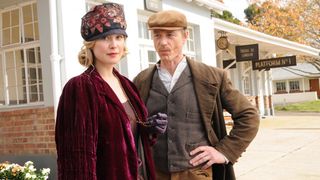
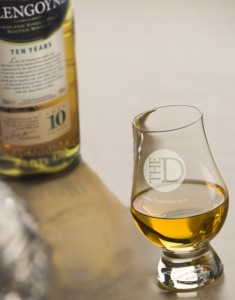
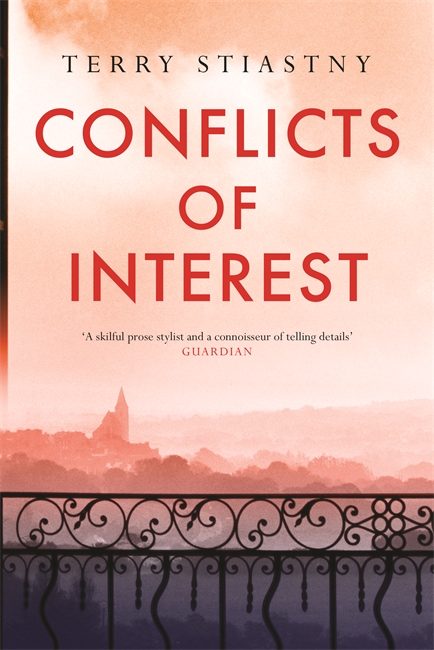
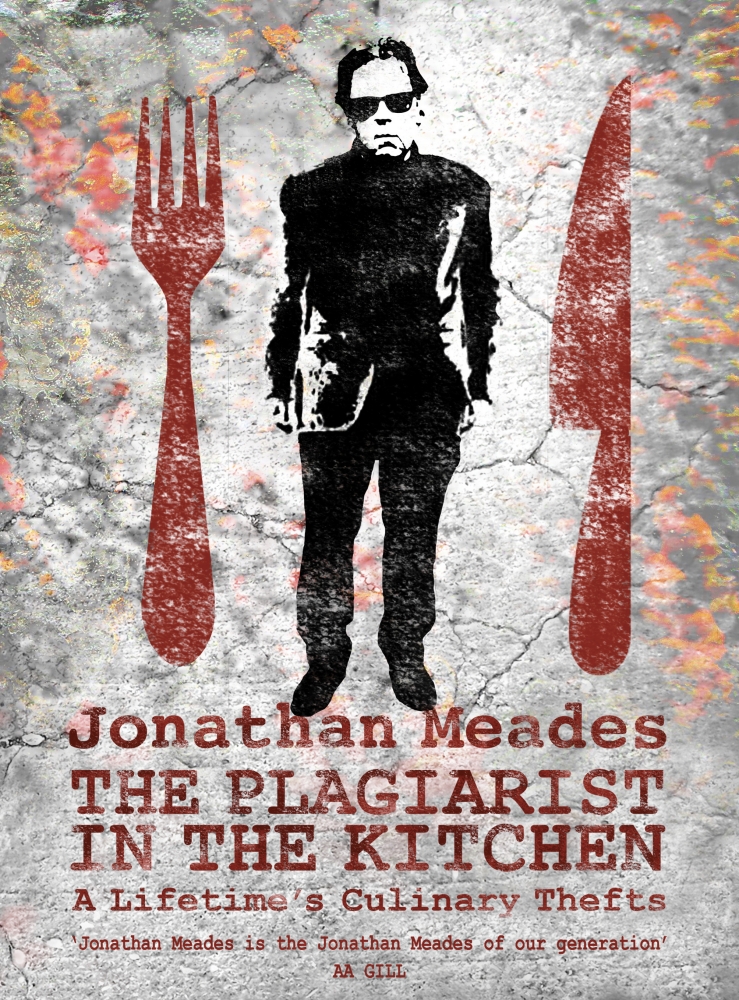
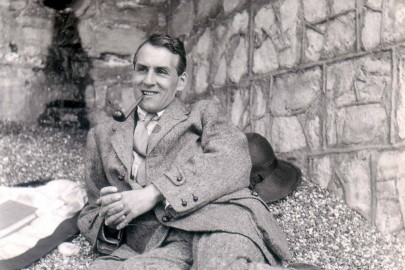







Never been a DH Lawrence fan! Great review Rosie, but this sounds like TV mogadon – does taking a plodding book and sexing it up for tv ever work??
Hard work making DH Lawrence watcheable, because he certainly isn’t readable, the priggish fraud.
Yes Recusant, I remember reading somewhere Lawrence’s reaction to the conclusion of Ulysses (filth, muck) but, in a rather sanctimonious way, stating that he would find a way of taking the dirt out of the dirty stuff.
Compared with AA Gill’s incoherent ramblings behind Rupe’s firewall your review is a model of clarity Rosie, I recommend that you immediately replace him.
The problem with doplegangers of classics is that they very rarely succeed, the movie, probably shot in Ektachrome and therefore possessing Pre Raphaelite colour qualities was a good’un. Jennie Linden and that skinny commie burd with floppy knockers had a synergy that created sparks, the outdoor dinner scene was riveting with Batesy on top form, like the Italian Job, impossible to follow.
Way back when and after the trial, DHL was considered the dirty book writer, only the relevant paragraphs ever pored over.
Now of course, just a German logistics company.
that comment made me laugh out loud Malty!
‘I’m suspicious of artists who say you mustn’t expect something in their art which in fact is an important aspect of it.’
Elegantly put – and also quite a lot of fun, by the way, to start listing the many other weirdly overrated artists who attract this sort of suspicion.
Does Lawrence need ‘sexing up’, Worm?
Actually, Susan, there’s very little sex in Women in Love, the novel by D.H. Lawrence. I seem to remember three or four bouts, all of them occurring in the last third of the book and so obscurely described that you wonder what on earth is going on, from an anatomical point of view (“rivers of strange dark fluid richness” and the like). It’s Lawrence’s misfortune that we now tend to see his work through the prism of his last and silliest book (Lady C). Which is a little tragic, because when all is said and done and the necessary fun has been poked and reservations made, DHL is a great and wonderful writer.
You wouldn’t guess it from this latest adaptation. Rosie’s piece is bang on the nail because it gives discredit where it is due: a strangely clueless script by William Ivory (writer of the recent Made in Dagenham and tons of stuff for TV). Ivory is himself a Nottinghamshire man, and a professed Lawrence admirer, but his script seems to be an object lesson in what happens if you refuse to have any confidence in your source material. It’s hardly an exaggeration to say that barely a character, theme, incident, or setting survives recognizably from Lawrence’s novel. Instead, we are given a kind of posh-but-dull soap opera in which the main characters, for no obvious reason, have the same names as some people in a well-known book.
Some of Ivory’s changes could be explained by the very compressed two-part format and by the equally squeezed budget (is this why they all ended up in Africa, rather than the Alps?). Far less excusably, others seemed aimed at ironing out any subtleties or nuances from Lawrence’s work, in the belief that a modern TV audience just wouldn’t get it. This was most obvious in the characterization, where each of the four principals was reconfigured into a sort of machine-readable caricature (in Rosie’s terms, Gerald the Alpha Male, Gudrun the Ball-breaker, etc.). Luckily, there were some first-class actors on hand to put in the shades and gradations. A third group of changes seem beyond explanation. Why, for example, was the action moved forward to the aftermath of World War I (surely not for the sake of that half-hearted, smoke-and-shouting battle scene)?
Altogether, this made me yearn for the kind of ‘unadventurous’ pre-Andrew Davies literary adaptation the BBC did so dependably in the 70s and 80s: 12 or 13 episodes of Dickens, Hardy, or even Lawrence going out each Sunday teatime, with a proper budget – and characters, settings, ideas, and even dialogue taken from the bloody book.
The post World War I setting was odd and pointless, especially as no-one mentioned it much – no fear from the women that the menfolk might die, say, no loss of hands to work at Crich’s colliery. There’s an essay by John Sutherland in his series of literary puzzles – I think it is in Where was Rebecca Shot? – on Women in Love. He demonstrates that though the setting is around that time World War I is not happening, nor has happened.
This was so bad I couldn’t bear to watch the Part II (although I might now as AA Gill makes a cheeky comment about Rory Kinnear which is TMI).
I only watched it because Rory was in it anway.
I think it’s 50/50 DH Lawrence and the screen writer (can’t be bothered to look up the name even) to blame.
And, while we’re on the subject of totty on telly – who’s seen The Crimson Petal and the White? How bad is that? (I could have done without some of the scenes – I’m thinking of the bottom in the bowl).